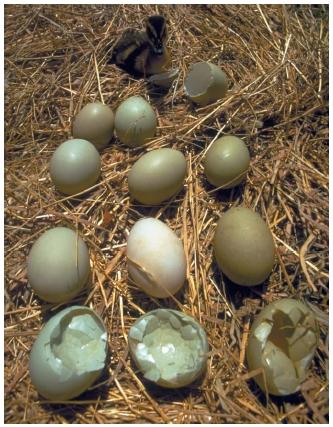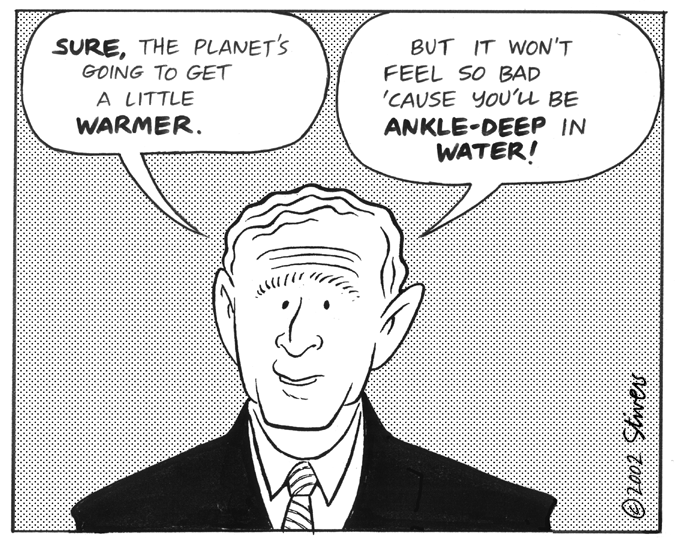
Environmental Factors
There are different factors effecting each environment. These factors are both biotic ( caused by living components such as animals and plants) and abiotic (non-living chemical and physical factors caused by temperature, light, water, and nutrients.)
Marine : This is the largest biome in the world and covers approximately 70% of the earth. There are three zones in the Marine Biome. These are the intertidal, coral reef, and benthos zones. The benthos is the only biome not built on sunlight.
Tropical Rainforest: Tropical rainforests are located around the equator, have much precipitation, are always warm and have many plants and animals. Also, tropical rainforests have thin soil.
Savanna: Savannas are also located around the equator. Their precipitation is seasonal (having both a dry season and a wet season), temperature is always warm. Savannas are fire-adapted, have drought tolerated plants, the animals are herbivores, and savannas have fertile soil. There is less moisture, and a lower biodiversity than in the rainforest.
Desert: Deserts are located at around 30* N & S latitude. The temperature varies daily and seasonally between extreme heat and cold. Deserts have sparse vegetation and animals, and are drought tolerant. Organisms living in deserts are cacti, reptiles, insects, rodents and birds. Deserts have high energy and no moisture.
Temperate Grassland: Temperate Grasslands are located at mid-latitudes and mid-continent. Precipitation is seasonal (there is both a dry and wet season), the temperature is hot summers and cold winters. Temperate grassland has prairie grasses, is fire adapted, has drought tolerant plants, many herbivores, and deep fertile soil. It has less insolation and its seasons restrict biodiversity.
Temperate Deciduous Forest: Located mid-latitude and in the northern hemisphere. They have adequate precipitation (summer rains and winter snow). The temperature is moderate warm in the summer and cool in the winter. Temperate Deciduous forests contain many mammals, insects, deciduous trees and fertile soils. These areas are very diverse.
Coniferous Forest (Taiga): These are located at high latitudes and in the northern hemisphere. Precipitation is adequate to dry and temperature is cool year round. Many conifers are present, along with a diversity of mammals, birds, and insects. The trees have needles leaves.
Arctic Tundra: Located in the arctic at high latitudes (northern hemisphere). It is a very dry region and is cold year round. There is permafrost, lichens & mosses, migrating animals, and resident herbivores. Herds of animals move across tundras during the season to get to another community. The tundra has low energy and water and can not support a bid biodiversity.
Alpine Tundra: This tundra is located at high elevations and at all latitudes. It is a dry region and is cold all year round. Characteristics also include permafrost, lichens & mosses, grasses, and has migrating animals and resident herbivores. There is low moisture.
Earth and What is Happening
Impact of ecology as a science: Ecology provides a scientific context for evaluating environmental issues.
Rachel Carson published a book Silent Spring in 1962 which warned of pesticides such as DDT and their effects on non-target organisms. DDT is a problem, because although it has no harmful effects on humans, it does hurt other organisms such as birds. Once DDT is in the food chain it stays forever. This is a picture of what DDT can do to birds eggs:



During warmer seasons CO2 levels in the atmosphere are lower because plants are photosynthesizing and turning CO2 into glucose. One way to help the environment would be to plant more plants, because it would help decrease CO2 levels more.

Deforestation:
Humans are cutting down forests to build houses, or to have more farmland, and grazing land for animals. Doing so destroys the habitat, which decreases biodiversity and also accounts for a loss of stability in the environment.Cutting down the trees, decreases the energy supple for the herbivores which in turn decreases the available energy for predators, and then the community cannot support the top predator, who will then die off.
Loss of Diversity:
There are three levels of biodiversity. The first level is genetic diversity and causes inbreeding within shrinking populations. The second level is community diversity which is a mix of species, and the environment can not support as much with loss of diversity. The third level is ecosystem diversity which accounts for different habitats across landscape. All biodiversity is decreased by human acticity.
Fragmented Habitats make for loss of habitat, loss of food resources for higher levels on the food chain, loss of biodiversity, and loss of stability.
http://www.youtube.com/watch?v=EDIP71Lviys
http://www.youtube.com/watch?v=kMckwcwvb50
Tomorrow's Sherpa is Shannah =]
2 comments:
we should be doing more to help save our planet,their are little things that you can do to help (most of these things will save ou money too) like walking or car pooling to work saves you and other people money. even getting a lawn mower that dosent run on gas but maybe on solar power or one that plugs in to the wall these are just a few things but their are many more wile your on the computer look it up on google or yahoo or something. but again we should be doing more this is our planet we made it this was we should take responsibility for what we have done and try to fix it.
We must do something on our environment and help saving the earth by doing something like not to use car if u want to buy something and walk when the store is not so far!!!We use this planet and its not our planet too,,,we are the one who trying to destroy our world and most of it the global warming and our air pollution are worsening.
Post a Comment